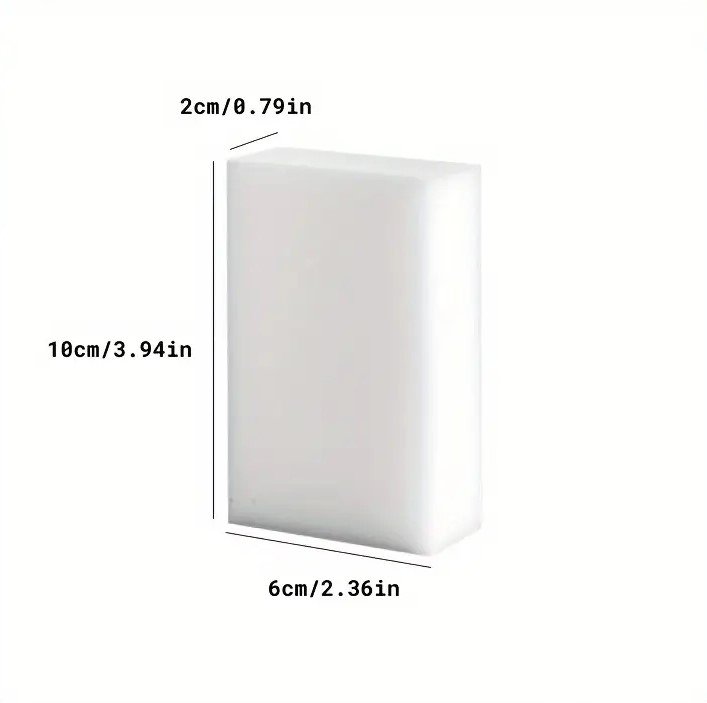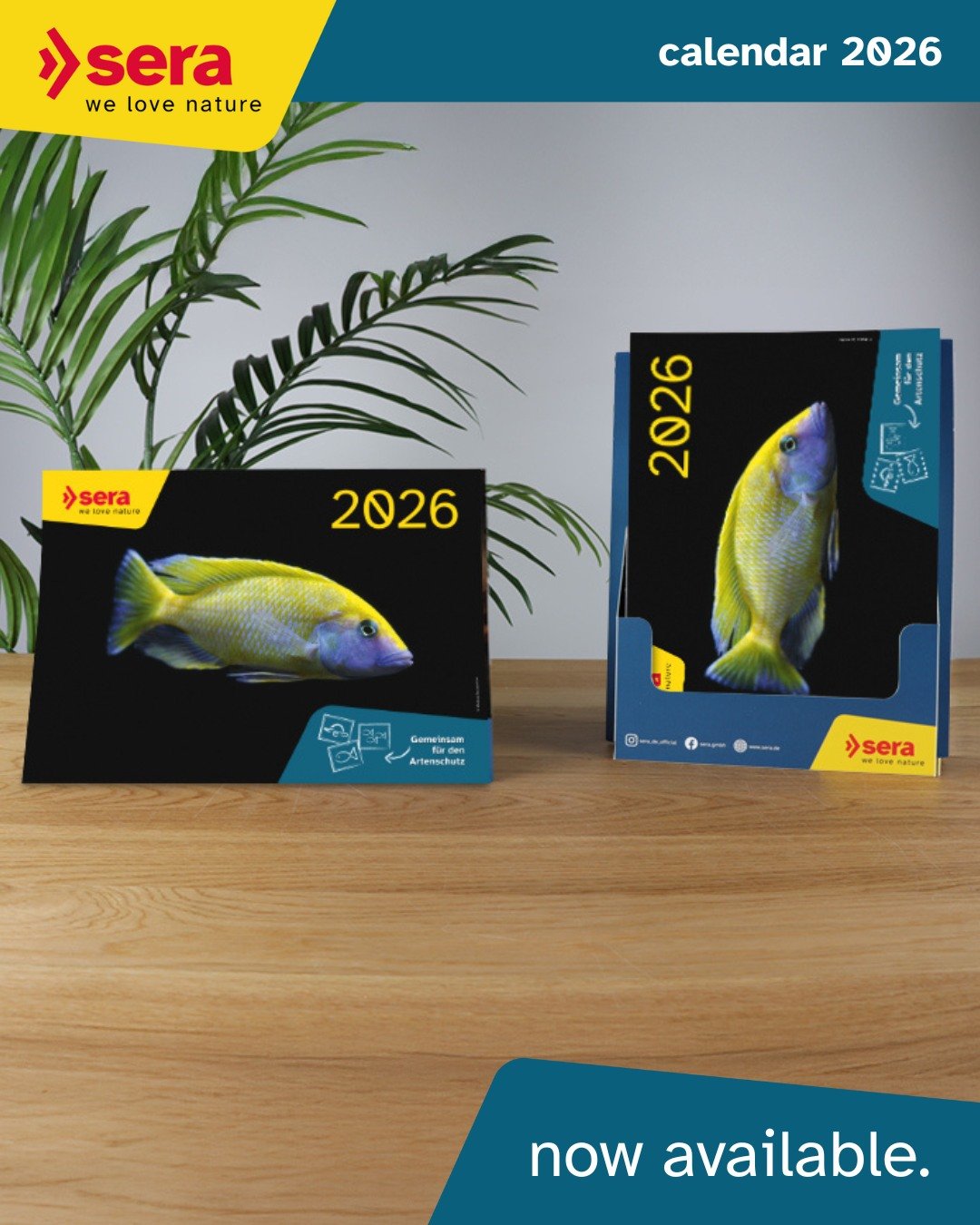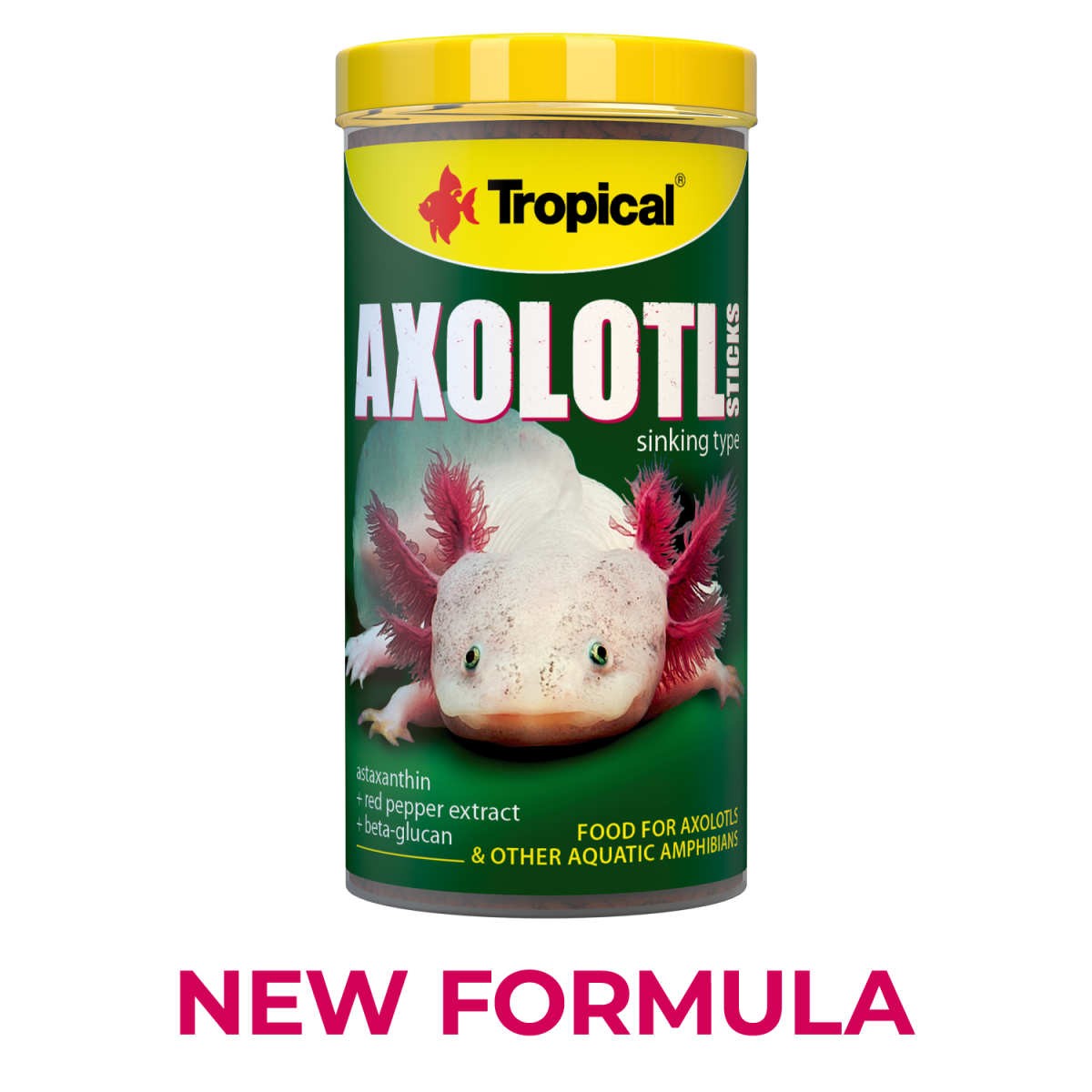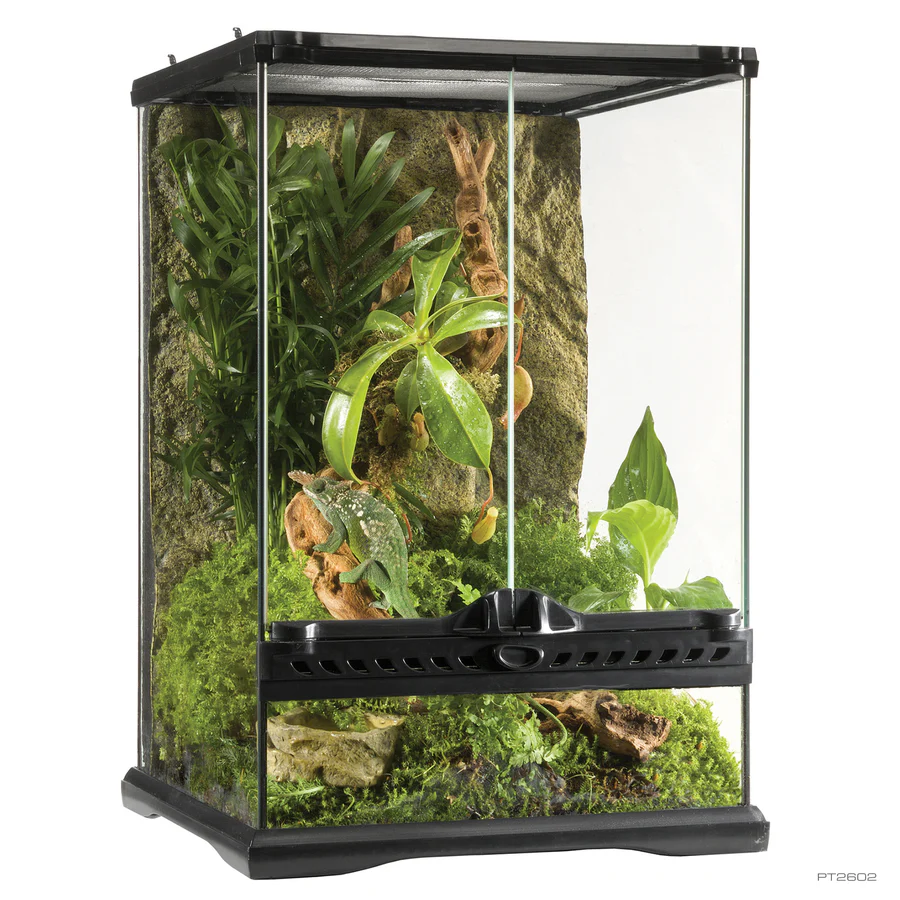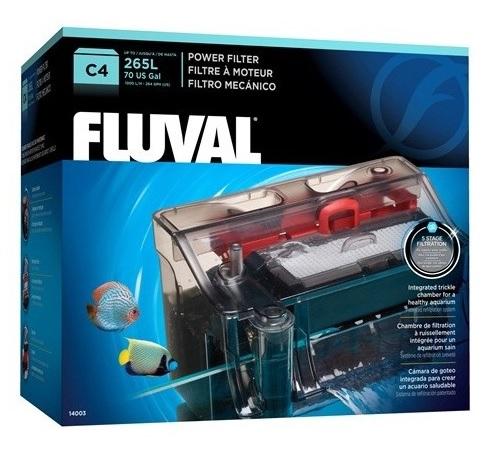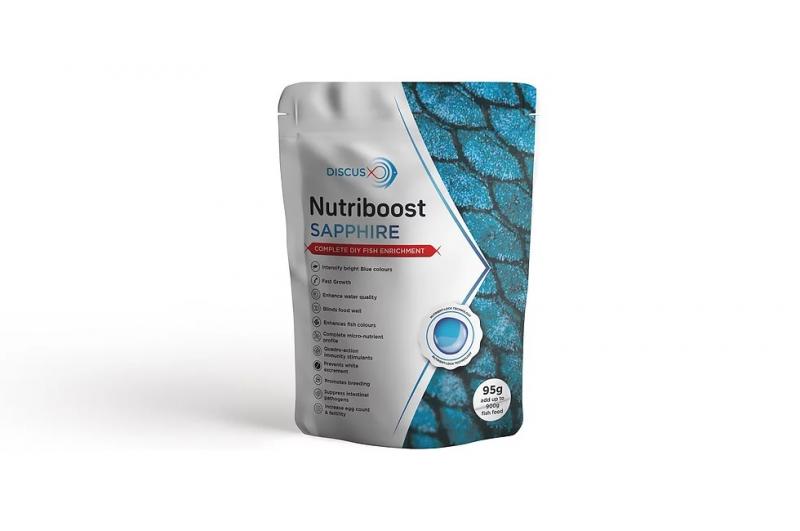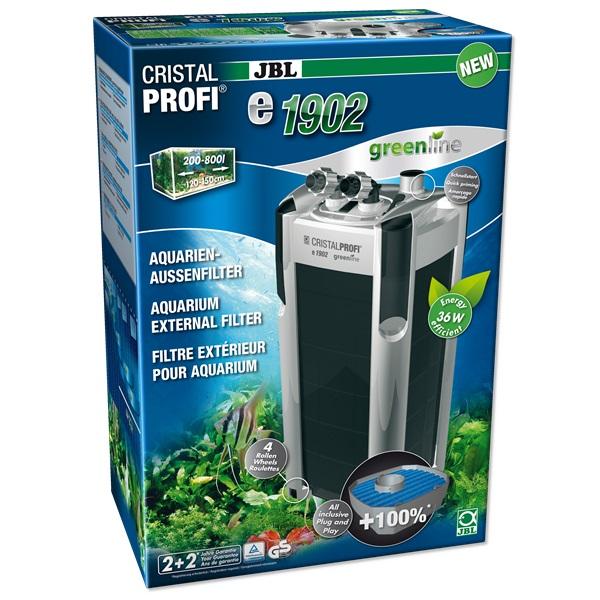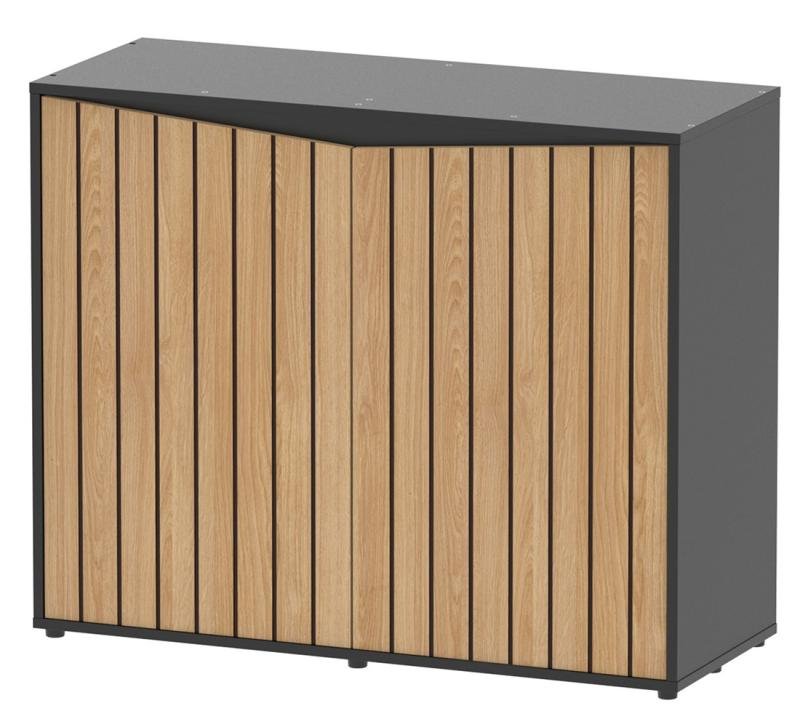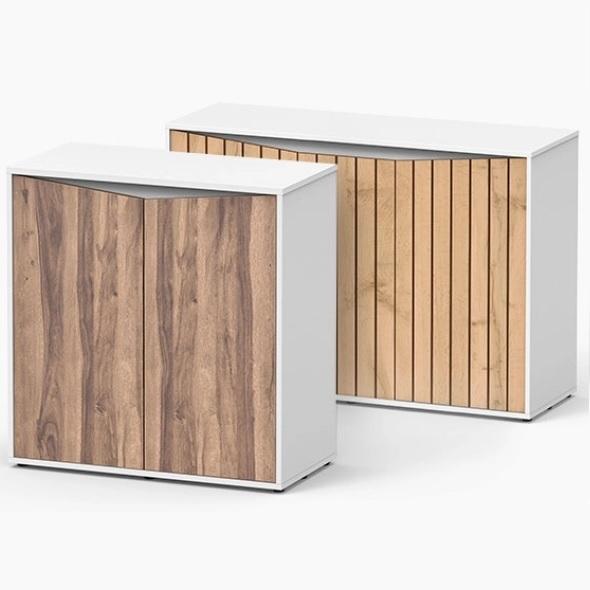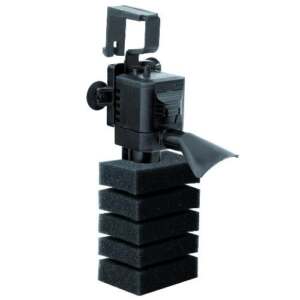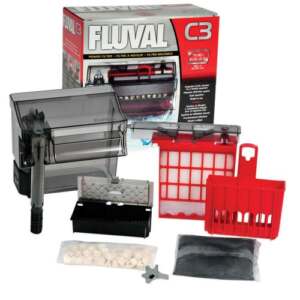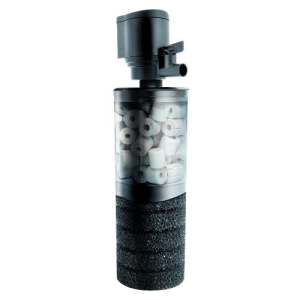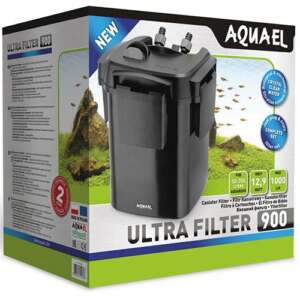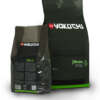Menu
Categorias
- BOTÂNICOS NATURAIS
- VIVOS
- CICLIDEOS ANÕES DO SUL DA AMÉRICA
- LABYRINTH FISH
- ANGEL FISH
- DISCUS SELVAGENS-H&K-Hudson Crizanto
- CICLIDEOS DO SUL DA AMÉRICA
- CICLIDEOS AFRICANOS ANÕES
- CICLIDEOS AFRICANOS
- OTHER FISH
- L`s H&K - Hudson Crizanto
- PEIXES COMUNITARIOS
- BARBOS
- INVERTEBRADOS
- TETRAS
- VIVÍPAROS
- PEIXES ARCO IRIS
- RAIAS
- PEIXES AGUA FRIA
- DISCUS
- CICLIDEOS
- NON-CZECH FISH
- KILLY FISH
- LORICARÍDEOS/PEIXE-GATO
- REPTEIS-ANFIBIOS
- ILUMINAÇÃO
- Lagos
- BOUTIQUE
- AQUARIOFILIA
- AQUÁRIOS
- CONDICIONADORES
- MEDICAÇÃO/SUPLEMENTOS
- PLANTAS
- Geral
- HARDSCAPE
- ARTHANDCER
- SUBSTRATOS
- FILTRAGEM
- ALIMENTAÇÃO
- MANUTENÇÃO
- AQUECIMENTO/ARREFECIMENTO
- NUTRIENTES PARA PLANTAS
- EXTERILIZADORES
- AQUATERRÁRIO
- TESTES
- CO2/AERAÇÃO
- CÃES-GATOS
Log in
Login
Registo
- Aquariofilia
- Vivos
- Boutique
- Destaques
- Novidades
Novidades
- Promoção
Promoções
Terrário de vidro Exo Terra – Mini Tall 30x30x45cm
119,90€O preço original era: 119,90€.95,92€O preço atual é: 95,92€. IVA Incl.Em promoção de 06.11.2025 até 30.11.2025
FILTRO MOCHILA FLUVAL C 4
54,62€O preço original era: 54,62€.49,16€O preço atual é: 49,16€. IVA Incl.Em promoção de 06.11.2025 até 30.11.2025
DISCUSX – NUTRIBOOST-SAPHIRE 95gr
27,00€O preço original era: 27,00€.22,95€O preço atual é: 22,95€. IVA Incl.Em promoção de 07.11.2025 até 30.11.2025
JBL CRISTALPROFI e1902 greenline
367,01€O preço original era: 367,01€.330,31€O preço atual é: 330,31€. IVA Incl.Em promoção de 05.11.2025 até 30.11.2025
Móvel SPLENDID 100X40X83 Preto 2 portas formato ripas
259,90€O preço original era: 259,90€.207,92€O preço atual é: 207,92€. IVA Incl.Em promoção de 14.11.2025 até 10.01.2026
Móvel SPLENDID 120X40X83 branco 2 portas formato ripas
269,90€O preço original era: 269,90€.215,92€O preço atual é: 215,92€. IVA Incl.Em promoção de 14.11.2025 até 10.01.2026
K1 Filtermedium 1 Ltr
SKU: SW10012
Marca: BioHome
5,40€ IVA Incl.
5 pessoas estão a ver este produto neste momento
🔥 8 artigos vendidos nas últimas 3 horas
Disponível (Confirmar stock com a nossa loja - Confirmar: | )
Métodos de Pagamento
Tem alguma dúvida?
A nossa equipa especializada irá ajudar-lhe
com todas as suas questões.
Ligue-nos: +351 218 132 733
Micro-filter
K1 Micro is an alternative to traditional bead media. Its unique size is ideal for pond filters and fluidised-moving static bed systems. It offers a large active surface area for bacteria to colonise and remove ammonia and nitrite from the water. Then, you’ll have the peace of mind that bacteria are thriving and removing the harmful compounds in the water.
This type of filter media is available in rolls, and can be cut into different sizes. Different media are of different coarseness levels. Premium True Dual Density is thicker than other media, and contains two layers – a polymer layer on top and a polyester fiber layer underneath. The polyester fiber layer is ideal for capturing larger particles that would otherwise get trapped by biological filtration.
K1 granular
Another type of bio-filtering media is K1 granular. This kind of granular material has been scientifically proven to reduce nitrate levels. However, it is not as effective as the former. The denitrifying bacteria are only present in areas with low oxygen and within rocks. Thus, even small increases in ammonia in an aquarium can lead to the occurrence of algae.
Fluidized bed media
If you’re looking for a cheaper alternative to K1, try making straw fluidized bed media yourself. All it takes is some patience and a paper cutter. The resulting media should be close to K1 in performance. However, it is important to remember that k1 filter media isn’t a perfect solution for all situations. Nonetheless, you can use straw fluidized bed media for your filtering needs.
A fluidized bed filter (also known as a suspended-particulate or sand filter) removes certain materials from liquid streams. This media must be level to avoid over-saturation and ensure that the liquid is evenly distributed throughout the bed. KDF 55, 8s, and C media are capable of removing up to 98% of dissolved metals and water-soluble cations. Lead cations are reduced to insoluble lead atoms and electroplated onto the surface of the media.
Bio filter media is another alternative for the pre-treatment of water. This media is able to convert toxic ammonia into less toxic nitrates and nitrogen gases. They are made of high-grade polypropylene, and they go before chemical and mechanical filtration. They are placed between chemical media and sponges. Once filtered, they’ll settle in the bottom of the aquarium and begin to build up gunk.
Biological filtration effect of k1 filter media on aquarium
Designed to filter water with high biological efficiency, K1 filter media is an effective addition to any bio filter system. These media can be used in fresh water aquariums, marine aquariums, koi ponds, aquaculture, and hydroponics, among other aquatic environments. Their versatility also makes them a great option for many filtration applications. For koi ponds, they are excellent choices for this media because they are biodegradable.
In addition to their bio-filtration benefits, the bio-home media is an excellent choice for larger aquariums, and controls nitrite and ammonia levels in the aquarium. However, it is important to understand that bio-media are living creatures, and if they are not cleaned properly, they can die. It is best to use tank water when cleaning bio-media, rather than tap water, which often contains chlorine, which can kill beneficial bacteria.
The nitrifying bacteria found in K1 filter media work to break down ammonia to nitrite. These bacteria live in the water, where they consume the nitrite in the water. In addition to nitrite, k1 filter media also aids the biological filtration process by reducing nitrate levels. A small amount of ammoniacal nitrogen can cause the nitrification process to fail, resulting in high nitrite levels in the aquarium. This is why it is important to change aquarium water regularly.
The advantages of using bio-filter media are numerous. They not only produce fresher water, but also foster the growth of beneficial bacteria. The bacteria feed on the waste matter and oxygen in the water. Moreover, they need a large amount of surface area in order to grow. If particulate matter prevents the growth of beneficial bacteria, the bio-filter will need to be replaced with mechanical media.
Live filters can also act as organic waste producers. Some of them precipitate iron and phosphorus in the water. But beware: Live filters are not for everyone. They are not for germophobes. So, if you’re not sure about it, you can try using a bio-ball.
| Peso | 1 kg |
|---|
Produtos Relacionados
Também poderá gostar de:

Esponja para limpeza de vidros
0,99€ IVA Incl.

Suporte de Lâmpada Exo Terra Reptile Dome Nano 10 cm
34,07€ IVA Incl.

Terrário de vidro Exo Terra - Nano Tall 20x20x30 cm
59,99€ IVA Incl.

Ovos de Artemia Koral PROFI +90% 50gr
11,99€ IVA Incl.
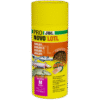
JBL PRONOVO LOTL Granulado M 250ml
9,25€ IVA Incl.
O Nosso Compromisso
Trocas/Devoluções
Pode trocar ou devolver mediante as políticas
Pague Com Segurança
Os nossos métodos de pagamentos são seguros
Suporte
Estamos sempre disponíveis para ajuda-lo
FILTRO PRESSURE FLO UV LAGUNA ...
399,00€ IVA Incl.

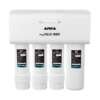
ARKA® myAqua1900 – Reverse Osm...
299,99€ IVA Incl.


